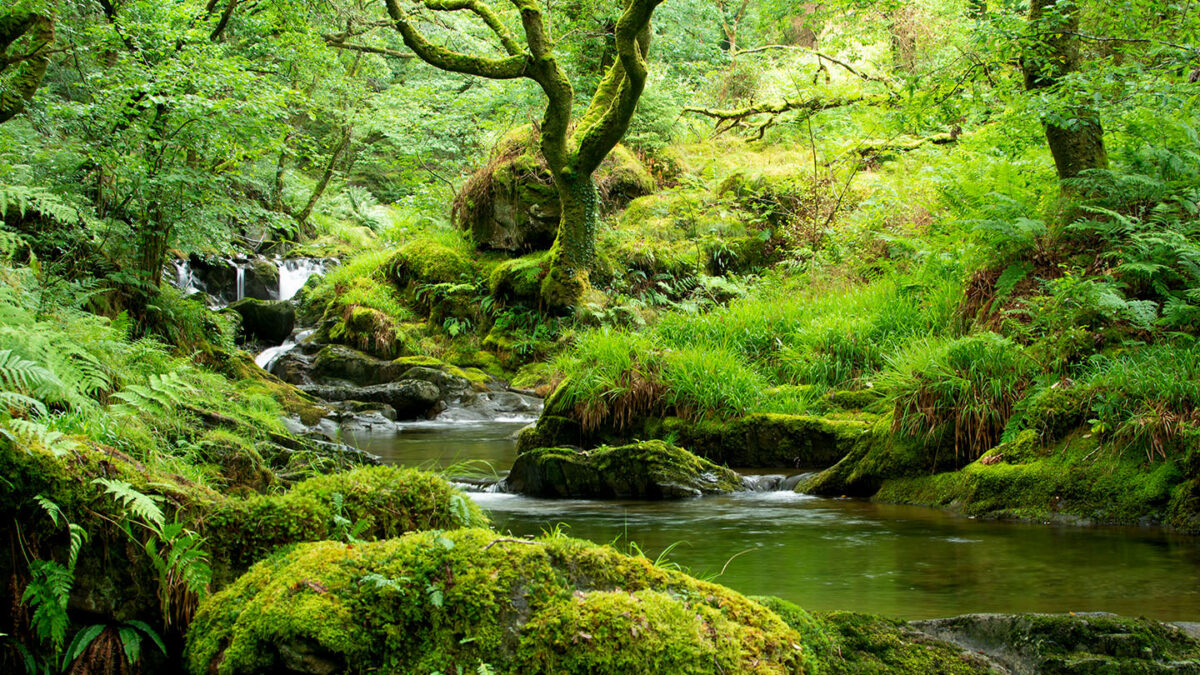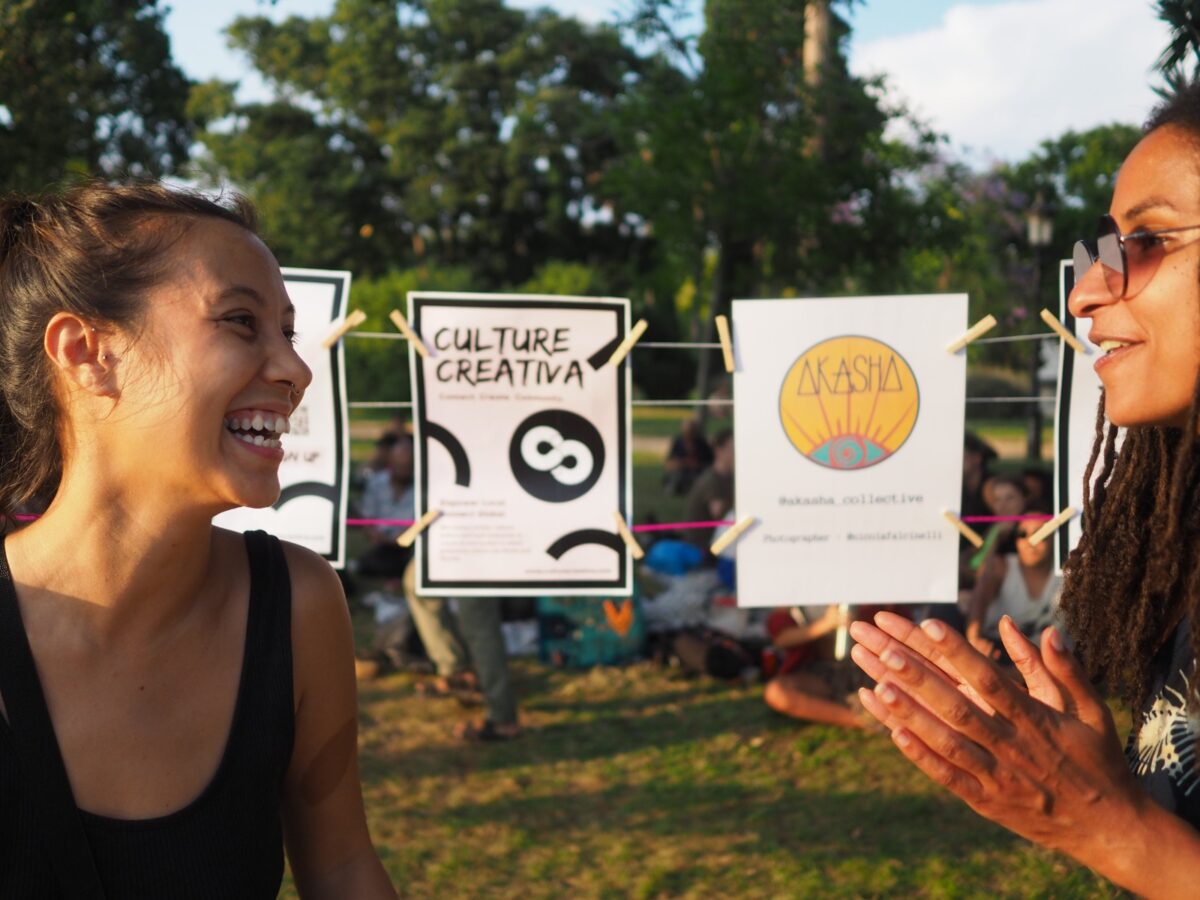
Nature as our teacher (On Friday’s I write)
In a meeting last week with Fraser, a member of the Rovira Regenerativa team I was explaining the “why” behind my passion to build a permaculture designed residential education centre completely immersed in nature in the Vall Rovira.
This weeks writing is a gathering of stories, resources, quotes and ideas on the subject of Nature as our Teacher to share this passion and the beauty behind these ideas. I invite you to follow the links and enjoy and engage with what is being shared.
complexity and awe
As a parent who feels very connected with nature I am deeply touched when I see my daughter caught up and fascinated by leaves, snail shells and insects. I don’t know anyone else who ever found lizard eggs on Montjuic. I sometimes wonder if she has enough “toys” of the typical kind, and if she should be more interested in building with lego or making worlds for her teddy bears, but it makes so much sense to me that she finds them boring compared to a snail shell. A snail is part of complex ecosystems that have been evolving on our planet for 4 billion years, what interest does a plastic cuboid brick really hold? Anything which is alive, growing, processing, made of complex patterns of cells and microbiology, and connected in hundreds of different ways to the elements of the systems around it is infinitely interesting. The questions to ask and explore about elements of living systems are many and often still unanswered.
This is a wonderful 10 minute story – perfect for children as well. From a Jon Young course book published in 2001
Nature and health
It seems incredible to me that our world has almost got to the point where we are expected to use science to explain the health benefits of nature. Knowing ourselves and being in touch with our own bodies and our needs will show us that connection to nature feels good, and feeding on natural food is healthy.
Connecting natural ecosystems and biological health by looking at diet and medicine is obviously an enormous topic that affects all humans on a daily basis – and not one to dip into here. I am interested, however, to reflect on nature and wellbeing, and mental health.
Joanna Macy has developed the “Work that Reconnects” about connection with nature (remembering that humans are nature!), self-care and people care. The meditative, relaxing, peaceful, and mindful effects of immersing yourself in nature are the most wonderful gift we have to help ourselves be ok. Disconnection from nature, our true reality, is often associated with mental health issues. To learn and grow we need to have self-care as a base, and, as is so beautifully expressed in the work of Looby McNamara self-care is the key to collaborating with others and working well with others is what will ultimately allow us to address and explore the questions that we want to answer.
George Monbiot (2012) makes another incredibly important point about connection with nature, especially relevant for young city dwellers,
“There is no substitute for what takes place outdoors; not least because the greatest joys of nature are unscripted. The thought that most of our children will never swim among phosphorescent plankton at night, will never be startled by a salmon leaping, a dolphin breaching, the stoop of a peregrine, or the rustle of a grass snake is almost as sad as the thought that their children might not have the opportunity.
The remarkable collapse of children’s engagement with nature – which is even faster than the collapse of the natural world – is recorded in Richard Louv’s book Last Child in the Woods, and in a report published recently by the National Trust. Since the 1970s the area in which children may roam without supervision has decreased by almost 90%. In one generation the proportion of children regularly playing in wild places in the UK has fallen from more than half to fewer than one in 10. …. Eleven- to 15-year-olds in Britain now spend, on average, half their waking day in front of a screen.”
The rise of obesity, rickets and asthma and the decline in cardio-respiratory fitness are well documented. Louv also links the indoor life to an increase in attention deficit hyperactivity disorder and other mental ill health. Research conducted at the University of Illinois suggests that playing among trees and grass is associated with a marked reduction in indications of ADHD, while playing indoors or on tarmac appears to increase them. The disorder, Louv suggests, “may be a set of symptoms aggravated by lack of exposure to nature”. Perhaps it’s the environment, not the child, that has gone wrong.
In her famous essay the Ecology of Imagination in Childhood, Edith Cobb proposed that contact with nature stimulates creativity. Reviewing the biographies of 300 “geniuses”, she exposed a common theme: intense experiences of the natural world in the middle age of childhood (between five and 12). Animals and plants, she contended, are among “the figures of speech in the rhetoric of play … which the genius in particular of later life seems to recall”.
“And here we meet the other great loss. Most of those I know who fight for nature are people who spent their childhoods immersed in it. Without a feel for the texture and function of the natural world, without an intensity of engagement almost impossible in the absence of early experience, people will not devote their lives to its protection.”
In summary – If we don’t have the chance to fall in love with natural ecosystems, will we passionately stand-up and speak out for their protection?
NAture as our teacher
Beyond the positives for health and wellbeing, I want to explore how nature can affect learning and how natural ecosystems can teach us.
Wisdom – One of my most used quotes from Daniel Wahl’s book “Designing regenerative cultures” –
“Making time for solitude in wild nature helps us to have the largest conversation we are capable of having with the world. Communion with wild nature helps us embody our ultimate place and act wisely in recognition of our kinship with all life”
Increased creativity and cognitive function – from Rob Hopkins book “From What is to What if?” p.58
“three researchers set out to understand the cognitive impact a four-day hike with no electronic devices would have on a group of people who had never backpacked before. They found that the backpackers were 50 percent more creative following their four-day immersion than before they set off.”
“At Stanford University, researchers divided a group of sixty participants, sending thirty on a walk through the woods, and the other thirty for a walk along a four-lane road.” “those who walked in the woods were less anxious, had better memory and felt more positive.”
“At a primary school in Liverpool, researchers found that the soundscape of birdsong helped children concentrate”
Systems thinking approach –
Systems thinking is a powerful approach for understanding why situations are the way they are, and how to go about improving results. Let me begin by quickly defining the opposite of systems thinking, which I will in this case call linear thinking. Using linear thinking we would conclude that because the anarchists were the ones wrecking places, the problem is in the anarchists.
Observation of natural systems and the study of Ecology is the basis of the systems thinking approach, which is now being applied to design and problem solving across all areas of life.
From Wahl’s book : The many surprising properties of water could never be explained or expected by only looking at oxygen and hydrogen on their own. “There is a tendency in nature to form wholes that are greater than the sum of the parts through creative evolution”.
The study of natural ecosystems brings us to the type of holistic thinking we need to understand the world, and to design and solve problems. The interconnections and relationships we can study in nature are what we have failed to pay attention to in the past.
Indigenous Wisdom, Scientific Knowledge and the Teachings of Plants – Many indigenous cultures that the modern world tended to class as “primitive” are actually bursting with exactly the kind of knowledge and natural solutions we desperately need right now. And they learnt it all from nature. Maybe in some cases we don’t need nature as our teacher, but rather cultures that have already learnt from nature can show us. The stunning book “Braiding Sweetgrass” has a wonderful chapter “Sitting in a Circle” about learning from nature. I cried when I read it. It touches everything I feel as a secondary school teacher and permaculturist.
It’s a 40 minute read, which I highly recommend (in fact I encourage you to get the book!!). I will give some of my highlights..
Robin takes her teenage botany students on a field trip to camp out near a wetland ecosystem. To get what they need for the trip, rather than go to WalMart, they go to “Wal-marsh” and spend a day foraging in nature to meet their needs including rope, bedding, insulation, light, food, heat, shelter, rain gear and more. The cattail plants provide many of their needs.
“Natalie says, “It’s almost as if the plants made these things for us.”
The parallels between the adaptations evolved by the plants and the needs of the people are indeed striking. In some Native languages the term for plants translates to “those who take care of us”. The people were attentive students and borrowed solutions from the plants.
I used to teach just the way I was taught, but now I let someone else do all the work for me. If plants are our oldest teachers, why not let them teach?
The story ends with the beautiful conversations of the students when they realise that all the offerings from Wal-Marsh were a gift, and they discuss what they can do to give back. They use their knowledge of relationships and interconnectedness to come up with ideas like “a payment to support wetland protection” or “refusing to put fertilizer on the lawn to stop runoff” and many more beautiful, knowledgeable ideas.
This is our work, to discover what we can give. Isn’t this the purpose of education, to learn the nature of your own gifts and how to use them for good in the world
Read the chapter here: P.266 Sitting in a Circle, Braiding Sweetgrass (40 min read)
Biomimicry
Daniel Wahl’s book Designing Regenerative Cultures also brings together a great selection of examples of nature based design. I’ll leave this one with you as a question.
Which of these products has not been designed by emulation of the models, systems, and elements of nature:
a) Aeroplane wings
b) Velcro
c) Cooling system in a Zimbabwean office building
d) Western toilets
e) The Gherkin building in London
(The answer is d) apart from the incredible waste of water and creation of sewage the natural way to poo is squatting!)
These are the ideas I share today – I’m sure there are many more ways we learn from nature! Feel free to share and add them in the comments.
This weeks crazy ideas and new stuff
Well this weeks post was a long one! I’m sitting here on the sofa surrounded by books. Including the as yet unread “Cultural Emergence” by Looby McNamara.
Since last week I’ve decided to go ahead with a Lush funding application for Rovira Regenerativa – we seem like a good fit and the prize can be spent pretty freely.
I’ve signed up to give a workshop at my daughters school…. involving trays of soil and watering cans. I think we found an accountant, still waiting for the email though….
We are looking for young people in the Poble Sec neighbourhood who might like to get active and get funded in Permaculture projects, and today had an inspiring meeting with Cooperasec and found out that, among other things, they are running environmental education activities around the neighbourhood, and starting a project with my daughter’s school to create a sustainable map of the neighbourhood.
An active and productive week! See you next Friday.




